Thanks to Fusion Investment Fund support in 2013 (sabbatical to myself that set things in motion) and 2014/2015 (SMN&CCCP for Ross Hill, Vijay Reddy and myself), we have managed to establish a well running training and research platform in Sumatra, Indonesia. The first students to benefit were MRes students Rosanna Consiglio and Helen Slater. They have written (more or less actively) about their experiences in their online blogs: Rosanna: http://indonesiasikundur.blogspot.co.uk/ and Helen: http://pisforprimate.blogspot.com/. Rosanna’s August post sums up the incredible experience she’s had during 8 months in Indonesia.
Ross and I also had a very productive time during our much shorter 2-week training and networking visit at the start of the fieldwork in January 2015 and we cannot wait to go back again in January 2016 thanks to a new FIF SMN grant to expand the network and training platform to include exciting new research and training opportunities in ecotourism and conservation of the critically endangered Sumatran elephant in a wider region throughout the iconic Leuser Ecosystem.
During our visit we started up a now well-established research and training programme on Landscape Ecology and Primatology, we call it LEAP. 
LEAP brings together a team of landscape ecologists, primatologists, biogeographers, and specialists in remote sensing, carbon stock assessment and forest inventory, led by myself and Ross Hill. Thanks to FIF funding and the impetus created by our visit to Indonesia we have presented several staff-student posters and papers at international conferences about LEAP research and had team meetings with other UK collaborators in Liverpool. We have now submitted several funding applications, of which our successful Marie S Curie Intra-European fellowship application is most notable because we will have a postdoc starting in October to analyse the data that our MRes students are returning with.
The aim of LEAP research is to develop methods for rapid assessment of forest structure and relate this to carbon stocks stored in tree biomass and habitat quality for keystone species. This research programme fits perfectly into the concept of FUSION as it includes a range of opportunities for students to get a global experience whilst contributing to world-leading new research with national and international scientists on applied conservation issues that are globally important. The programme is inter-disciplinary within life and environmental sciences but also includes colleagues from tourism Vijay Reddy and Susanna Curtin, to develop eco-tourism opportunities in the region and we welcome further collaborations.
Our personal visit to Indonesia has been instrumental in making Bournemouth University visible to the local stakeholders from the charity programme Sumatran Orangutan Conservation Programme (SOCP), the university of North Sumatra (USU), forestry and wildlife departments, and the people at the Sikundur field site. 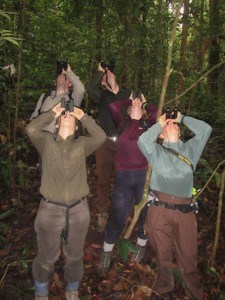 We could show the important skills we bring to this collaboration and are now well embedded into various research opportunities. We are the main primate community researchers at this field site (although Prof Wich from Liverpool John Moores and the SOCP remain the prime orang-utan researchers) and can truly call it a Bournemouth University field site.
We could show the important skills we bring to this collaboration and are now well embedded into various research opportunities. We are the main primate community researchers at this field site (although Prof Wich from Liverpool John Moores and the SOCP remain the prime orang-utan researchers) and can truly call it a Bournemouth University field site.
The success of this developing international multi-disciplinary network has resulted in an opportunity to expand the focus to the critically endangered Sumatran elephant (Elephas maximus sumatranus). For that project we have been applying for several external funds with a Marie S Curie application for a postdoc fellowship due in on the 10th of September 2015 with a new collaborator, Dr Gaius Wilson from India.
We have been tweeting about the research, as have our students (e.g. #sikundur), and recently, a BU funded UG Research Assistant, Matthew Hammond, from the media school started up our new website. We plan to launch it fully at the start of this academic year. He also created the new logo you can see above give the research programme and learning platform a recognisable logo and to advertise all the exciting things that are happening at BU.
So what’s next for LEAP? The elephant conservation programme – work in progress.
Starting in September/ October: a PhD studentship, Kelly van Leeuwen, to study Ugandan savannah chimpanzees and their landscapes as part of the Institute for Landscape Studies and Human Evolution (ISLHE); a PhD studentship, Chris Marsh, to study the primate community of Sikundur; an MRes student, Emma Hankinson, to study the primates at Sikundur; Marie S Curie funded postdoc fellow, Cici Alexander, studying methods to assess carbon and analyse remote sensing data at Sikundur based on photographic data from drone-mounted cameras; and of course the launch of our website and various grant applications and conference submissions.
Please do not hesitate to contact me or Ross if you are keen to become involved in LEAP.
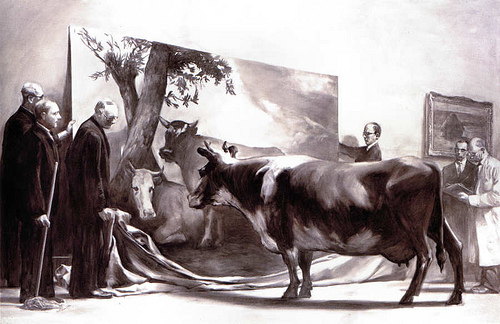
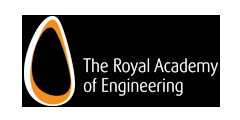
 Thanks to Fusion Investment Funding, the developing Forensic Psychology group in SciTech will be working on an international project aimed at improving the UK’s management of child suspects of crime.
Thanks to Fusion Investment Funding, the developing Forensic Psychology group in SciTech will be working on an international project aimed at improving the UK’s management of child suspects of crime. Young offenders have been shown to have increasingly delayed neuro and socio-cognitive development in comparison to their non-offending peers, leading to deficits in inhibition, attention, time-perception, perspective-taking and interpersonal abilities (Al-Attar, 2010). These additional developmental delays mean that the established age-related difficulties experienced by children in interview are likely to be greatly exaggerated in suspects. Without additional precautions to account for these extended (but often well-hidden) difficulties, evidence from child suspect interviews can be inaccurate or misleading, resulting in the potential for serious miscarriages of justice. With a suspect’s testimony often being key to their own prosecution, its reliability as evidence is central to a fair trial – a basic human right.
Young offenders have been shown to have increasingly delayed neuro and socio-cognitive development in comparison to their non-offending peers, leading to deficits in inhibition, attention, time-perception, perspective-taking and interpersonal abilities (Al-Attar, 2010). These additional developmental delays mean that the established age-related difficulties experienced by children in interview are likely to be greatly exaggerated in suspects. Without additional precautions to account for these extended (but often well-hidden) difficulties, evidence from child suspect interviews can be inaccurate or misleading, resulting in the potential for serious miscarriages of justice. With a suspect’s testimony often being key to their own prosecution, its reliability as evidence is central to a fair trial – a basic human right.




 We could show the important skills we bring to this collaboration and are now well embedded into various research opportunities. We are the main primate community researchers at this field site (although Prof Wich from Liverpool John Moores and the SOCP remain the prime orang-utan researchers) and can truly call it a Bournemouth University field site.
We could show the important skills we bring to this collaboration and are now well embedded into various research opportunities. We are the main primate community researchers at this field site (although Prof Wich from Liverpool John Moores and the SOCP remain the prime orang-utan researchers) and can truly call it a Bournemouth University field site.
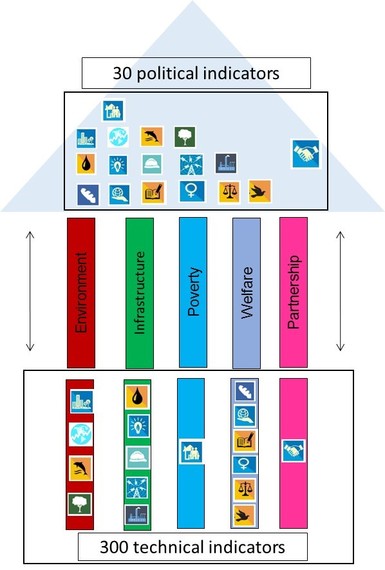
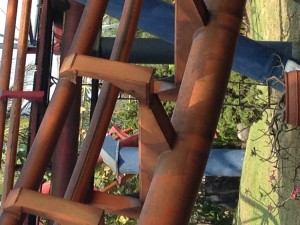
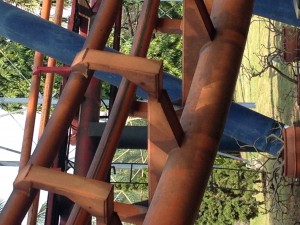
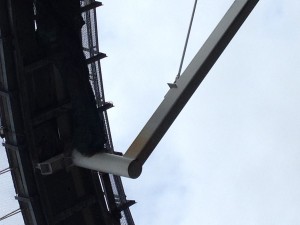
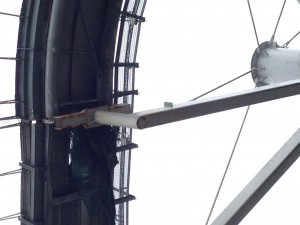


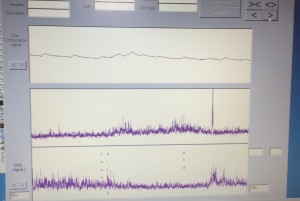
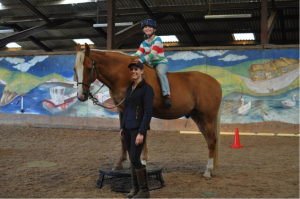
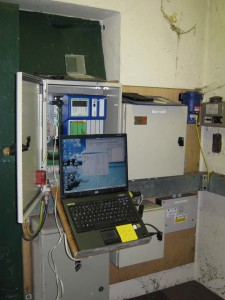


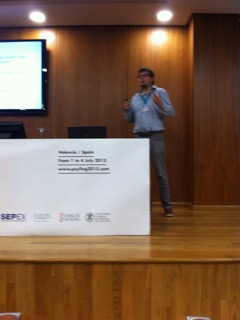














 Read and sign up to BU’s Policy Influence Digest
Read and sign up to BU’s Policy Influence Digest Upcoming opportunities for PGRs – collaborate externally
Upcoming opportunities for PGRs – collaborate externally BU involved in new MRF dissemination grant
BU involved in new MRF dissemination grant New COVID-19 publication
New COVID-19 publication MSCA Postdoctoral Fellowships 2024
MSCA Postdoctoral Fellowships 2024 Horizon Europe News – December 2023
Horizon Europe News – December 2023